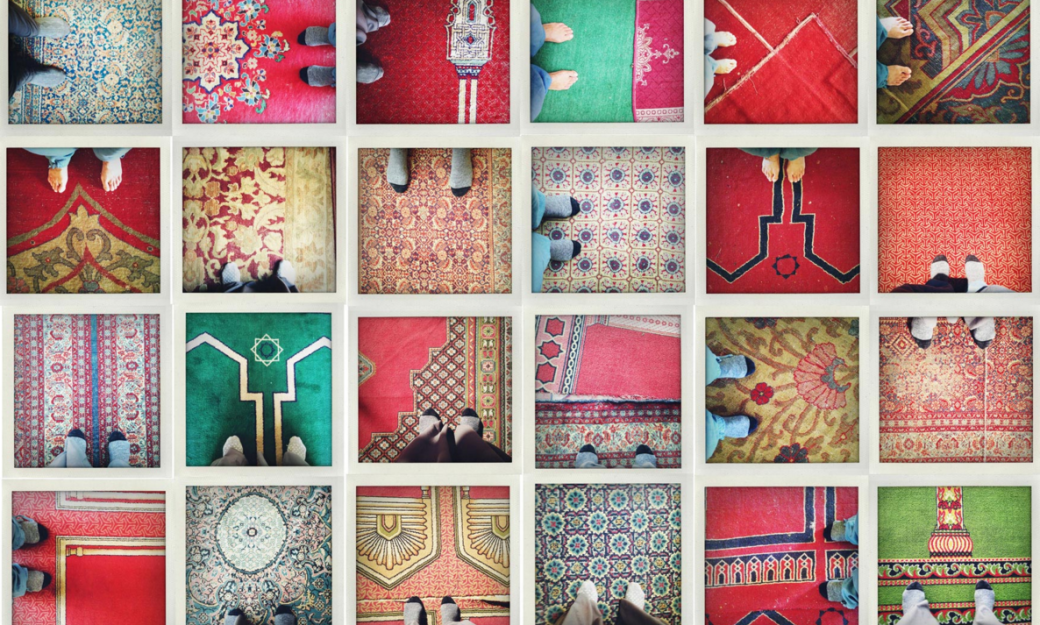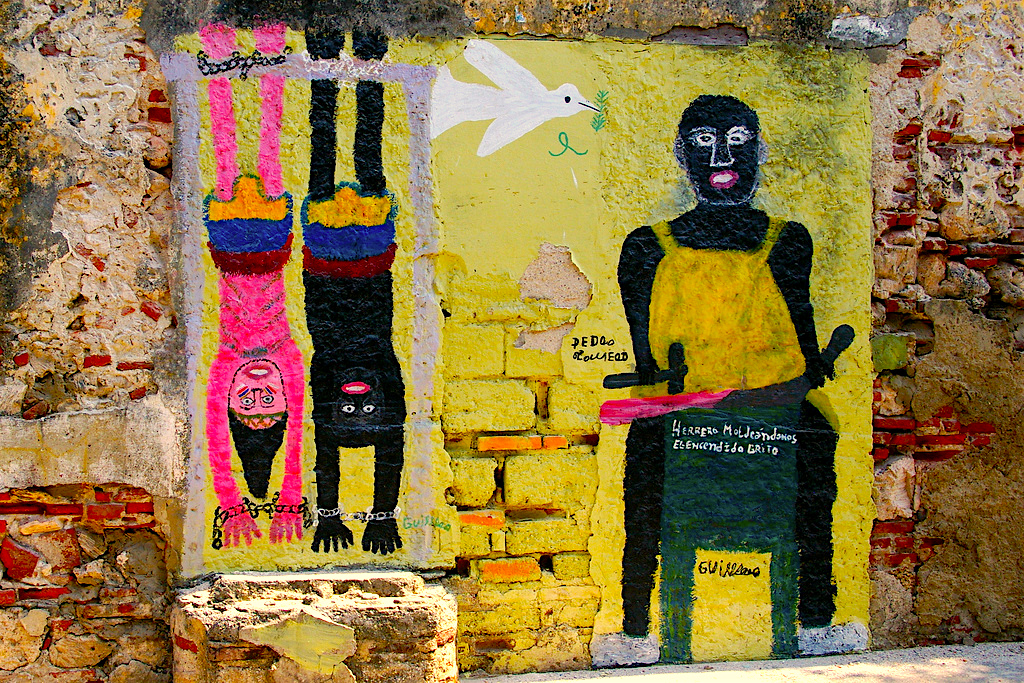How to Depict a Global Citizen




Photographer Stéphanie de Rougé, whose work was used on the cover of Atossa Araxia Abrahamian's new book The Cosmopolites: The Coming of the Global Citizen, answered some questions about her ongoing series, "Walking By."
Q: How long have you been working on this series and how did it start? How has the project evolved?
A: I have been shooting these images for 10 years. I started shooting my feet/shoes on airport carpets to keep a trace of where life was taking me then. At the time I had met the man who was to become my husband on a plane and was relocating ... with nothing in hand. Not a job, not a friend, just a Frenchie that I hardly knew.
 Immediately, this project took shape on a vaster issue: I was stunned on how much colors, textures and shapes would tell about a culture. So I continued shooting my feet on airport carpets, but also hotel carpets—basically wherever my life took me.
Immediately, this project took shape on a vaster issue: I was stunned on how much colors, textures and shapes would tell about a culture. So I continued shooting my feet on airport carpets, but also hotel carpets—basically wherever my life took me.
Q: Do you feel that the images are made stronger when composed in a grid of 24 than they are singularly? And was this always your plan for them?
A: It wasn’t a plan at the beginning but soon became obvious. The grids are made not only from a certain number of carpets, but all the carpets in one image come from the same county. Therefore, each grid has a proper identity, a culture and a historical background. It is fascinating to see the [East] Asian grid next to the Middle East one. There is so much in a carpet—who would have thought?
Q: Is this body of work all about composition, texture and color for you, or does it have a deeper conceptual meaning?
A: I think the answer is above. It is about cultural belonging, about where you come from, what you take, to where you walk, and what you become, too. Since the beginning of this project, I became a mother and also an American citizen. It added to the intensity of this project for me: it then became about identity and belonging much more than I thought it would. An essay on the notion of home, maybe?
Q: Having traveled all over the U.S., Europe, the Middle East and Asia, how have you been surprised by the similarities or differences in the floors and floor coverings around the globe?
A: My whole project is based on how those differences are strong testimonies of the evolution of that country throughout the history of humanity.
Q: Now that you have been working on this series for some time, do you find yourself hyperaware of the surfaces you step on no matter where you are? And are these images mainly self-portraits?
A: Oh yes, I am hyperaware indeed—too many pictures to edit! But I really focus on carpets, I find them much more "storytelling" than any other surface. The intricate work of threads, shapes, and colors is very unique in each part of the world. These images are self-portraits in that they trace my footsteps in life, from where I was born to where I'll die, with all the craziness of my route in between. Each carpet is a piece of me and feeds who I am.
Charlotte Strick is one half of the design firm Strick&Williams.
Stéphanie de Rougé is a French photographer based in New York City.

